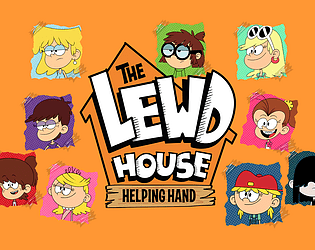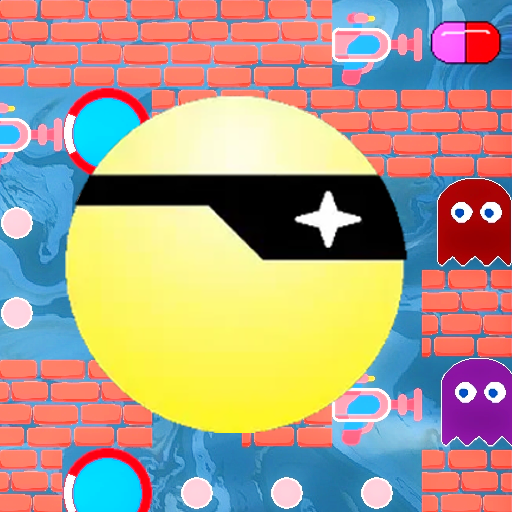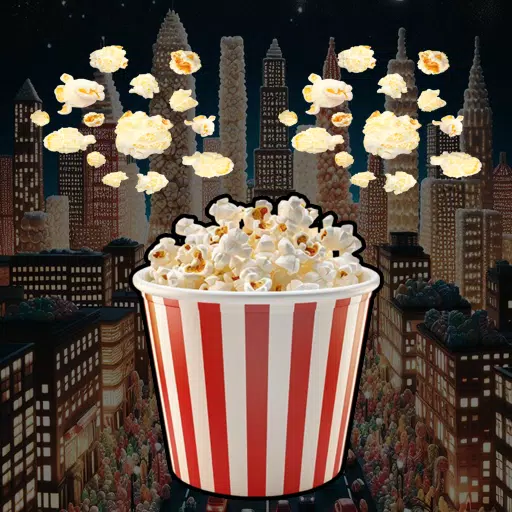Cinderella's 75th Anniversary: How the Princess and Glass Slippers Revived Disney
Just as Cinderella's dream was set to end at midnight, The Walt Disney Company faced its own midnight hour in 1947, grappling with a debt of approximately $4 million due to the financial flops of Pinocchio, Fantasia, and Bambi, exacerbated by World War II and other challenges. Yet, it was this beloved princess and her iconic glass slippers that rescued Disney from prematurely concluding its own animation story.
As Cinderella celebrates its 75th anniversary of its wide release today, March 4, we've engaged with several Disney insiders who continue to draw inspiration from this timeless tale of rags to riches. This narrative not only echoed the journey of Walt Disney himself but also rekindled hope within the company and a post-war world seeking something to believe in once again.
The Right Film at the Right Time --------------------------------To understand the significance of Cinderella, we must revisit Disney's own fairy godmother moment with the release of Snow White and the Seven Dwarfs in 1937. This film's unprecedented success, making it the highest-grossing film until Gone with the Wind surpassed it, enabled Disney to establish its Burbank studio, still its headquarters, and pave the way for more animated feature films.
However, the subsequent releases of Pinocchio in 1940, followed by Fantasia and Bambi, despite their critical acclaim and accolades, such as Pinocchio's Academy Awards for Best Original Score and Best Original Song, resulted in significant financial losses. The primary reason was the outbreak of World War II, initiated by Germany's invasion of Poland in 1939, which dried up Disney's European markets.
“Disney's European markets were inaccessible during the war, so films like Pinocchio and Bambi struggled at the box office,” explained Eric Goldberg, co-director of Pocahontas and lead animator on Aladdin’s Genie. “The studio then shifted to producing training and propaganda films for the U.S. government. Throughout the 1940s, Disney also created Package Films, like Make Mine Music and Melody Time, which were collections of short cartoons bundled into feature films. These were successful in their own right but lacked a cohesive narrative.”
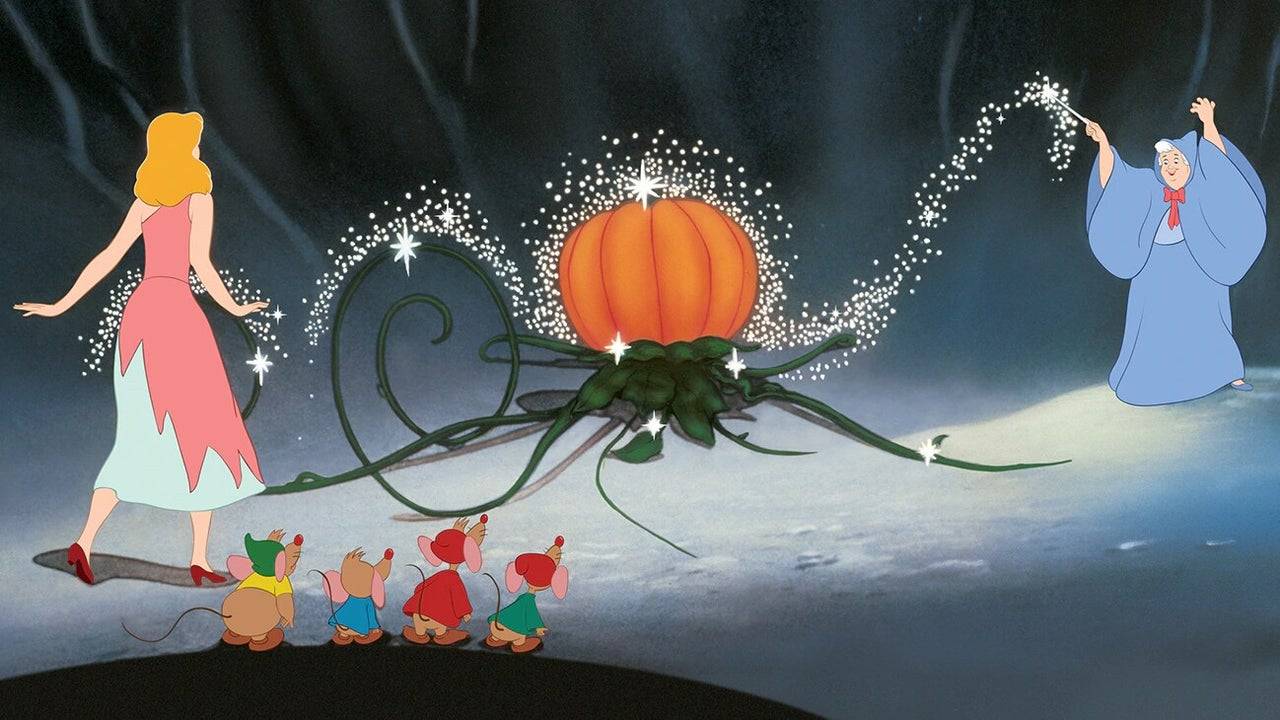 These Package Films, including Saludos Amigos and The Three Caballeros, were part of the U.S. Good Neighbor Policy aimed at countering Nazism in South America. While they managed to cover their costs and even reduced Disney's debt from $4.2 million to $3 million by 1947, they hindered the studio from producing full-length animated features.
These Package Films, including Saludos Amigos and The Three Caballeros, were part of the U.S. Good Neighbor Policy aimed at countering Nazism in South America. While they managed to cover their costs and even reduced Disney's debt from $4.2 million to $3 million by 1947, they hindered the studio from producing full-length animated features.
In 1956, Walt Disney expressed his desire to return to feature films, as documented in The Animated Man: A Life of Walt Disney by Michael Barrier. Facing the possibility of selling his shares and leaving the company, Walt and his brother Roy chose instead to take a risk on a new animated feature since Bambi in 1942. This decision could have spelled the end of Disney's animation studio if unsuccessful.
At this pivotal moment, projects like Alice in Wonderland, Peter Pan, and Cinderella were in development, but Cinderella was chosen first due to its similarities to Snow White. Moreover, Walt believed the story could offer more than just entertainment.
“Walt was adept at capturing the spirit of the times,” said Tori Cranner, Art Collections Manager at Walt Disney Animation Research Library. “Post-war America needed hope and joy, and while Pinocchio is a beautiful film, it lacks the joyfulness of Cinderella. The world needed a story of rising from the ashes to something beautiful, and Cinderella was perfect for that moment.”
Cinderella and Disney’s Rags to Riches Tale
Walt's connection to Cinderella dates back to 1922 when he produced a Cinderella short at Laugh-O-Gram Studios, just before founding Disney with Roy. This short, adapted from Charles Perrault’s 1697 version, encapsulated themes of good versus evil, true love, and dreams realized, themes that resonated deeply with Walt.
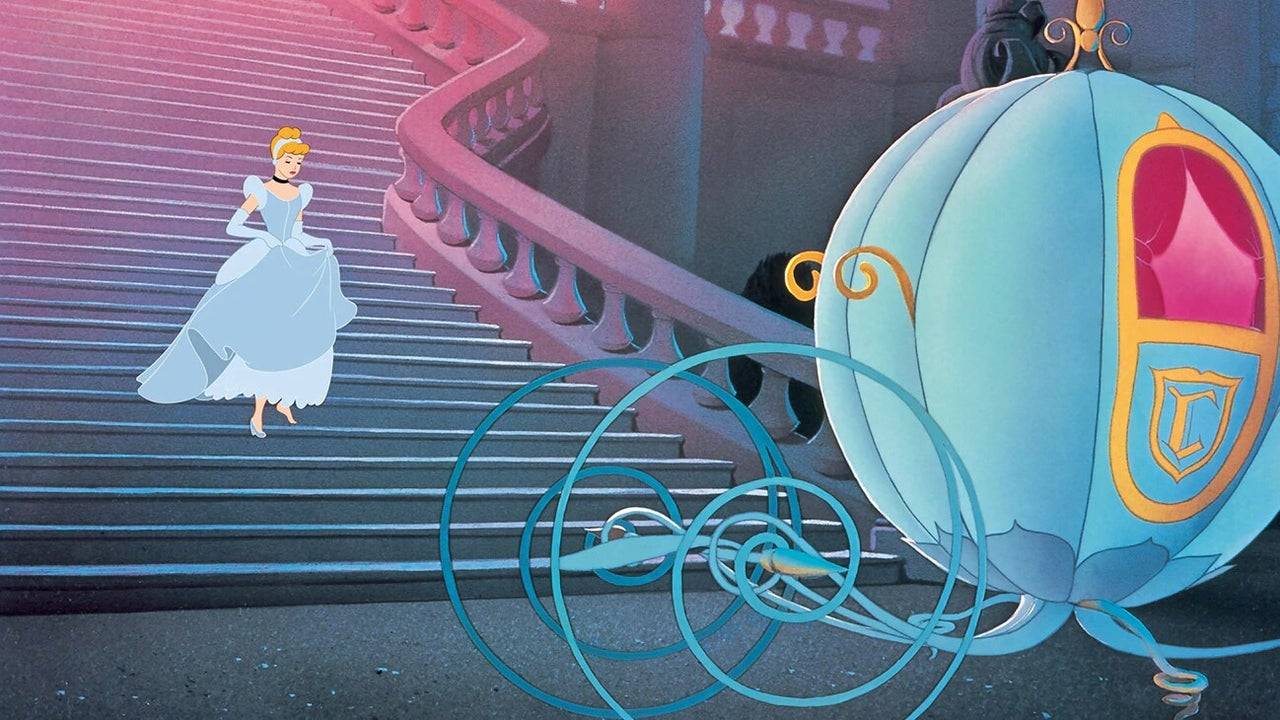 “Snow White was a kind and simple girl who believed in wishing and waiting for her Prince Charming,” Walt Disney remarked in Disney’s Cinderella: The Making of a Masterpiece. “Cinderella, however, was more practical. She believed in dreams but also in taking action. When Prince Charming didn’t come, she went to the palace to find him.”
“Snow White was a kind and simple girl who believed in wishing and waiting for her Prince Charming,” Walt Disney remarked in Disney’s Cinderella: The Making of a Masterpiece. “Cinderella, however, was more practical. She believed in dreams but also in taking action. When Prince Charming didn’t come, she went to the palace to find him.”
Cinderella's strength and resilience, despite her hardships under her Evil Stepmother and Stepsisters, mirrored Walt’s own journey from humble beginnings, filled with failures and challenges, yet driven by an unwavering dream and work ethic.
Walt's vision for Cinderella evolved from a Silly Symphony short in 1933 to a feature film by 1938, taking over a decade to come to fruition due to the war and other factors. The final product not only captured the essence of the original tale but also broadened its appeal.
“Disney excelled at reimagining these timeless fairy tales,” Goldberg noted. “He infused them with his unique style, entertainment value, heart, and passion, making the characters and stories resonate deeply with audiences. These tales, originally cautionary and often grim, were transformed into universally enjoyable narratives that stood the test of time.”
Cinderella’s animal friends, including Jaq, Gus, and the birds, provided comic relief and allowed her to express her true self, while the Fairy Godmother, reimagined as a more relatable, bumbling character by animator Milt Kahl, added warmth and humor. The iconic transformation scene, where Cinderella’s belief in herself and her dreams culminates in a magical night, remains one of the most celebrated moments in Disney history.
The animation of Cinderella’s dress transformation, credited as Walt’s favorite, was meticulously crafted by Disney Legends Marc Davis and George Rowley. Every sparkle was hand-drawn and painted, culminating in a moment of suspended magic that has captivated audiences for generations.
Thanks so much for all your questions about Cinderella! Before we sign off, enjoy this pencil test footage of original animation drawings of the transformation scene, animated by Marc Davis and George Rowley. Thanks for joining us! #AskDisneyAnimation pic.twitter.com/2LquCBHX6F
— Disney Animation (@DisneyAnimation) February 15, 2020
“Each sparkle in that scene was hand-drawn and painted, which is just incredible,” Cranner remarked with enthusiasm. “There’s a moment where the magic holds before the dress transforms, creating a magical pause that truly elevates the scene.”
The addition of the glass slipper breaking at the end of the film, a Disney innovation, underscored Cinderella’s agency and strength. When her stepmother causes the slipper to break, Cinderella reveals the other slipper she had kept, showcasing her resilience and control over her destiny.
Cinderella premiered in Boston on February 15, 1950, and had its wide release on March 4, becoming an immediate success. It grossed $7 million on a $2.2 million budget, marking Disney's best box office performance since Snow White and earning three Academy Award nominations.
“When Cinderella was released, critics praised it as a return to form for Walt Disney,” Goldberg said. “It was a huge success because it brought back the narrative feature films people loved. This success rejuvenated the studio, leading to the development of classics like Peter Pan, Lady and the Tramp, Sleeping Beauty, 101 Dalmatians, and The Jungle Book.”
75 Years Later, Cinderella’s Magic Lives On
Seventy-five years later, Cinderella's impact continues to grow, evident in her iconic castle at Walt Disney World and Tokyo Disneyland, and in the opening sequences of Disney films inspired by her tale and that of Sleeping Beauty.
Her influence also permeates modern Disney films, notably in the dress transformation scene in Frozen, animated by Becky Bresee and effects artist Dan Lund. “We wanted Elsa’s dress transformation to echo Cinderella’s,” Bresee explained. “The sparkles and effects in Elsa’s scene honor Cinderella’s legacy, even though Elsa is a different character.”
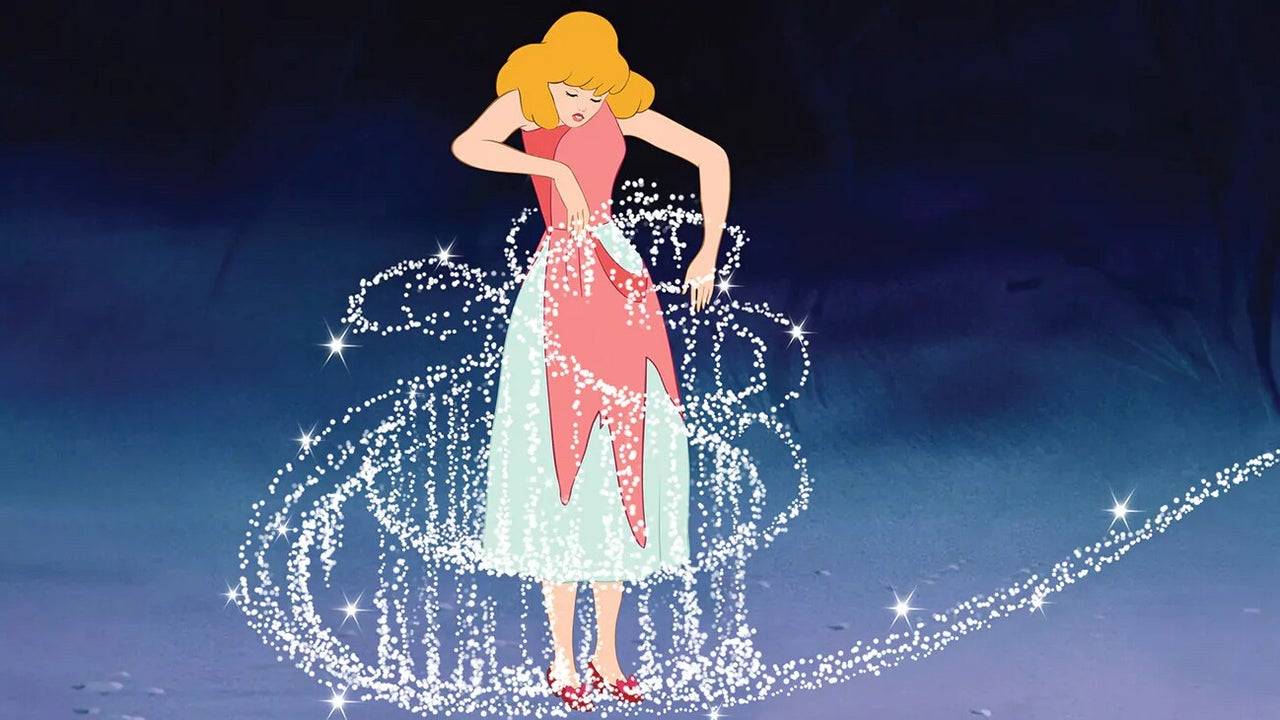 Countless individuals, including the legendary Nine Old Men and Mary Blair, contributed to making Cinderella a visual and narrative masterpiece. As we reflect on its legacy, Eric Goldberg encapsulates why Cinderella was the right film at the right time for Disney and the world.
Countless individuals, including the legendary Nine Old Men and Mary Blair, contributed to making Cinderella a visual and narrative masterpiece. As we reflect on its legacy, Eric Goldberg encapsulates why Cinderella was the right film at the right time for Disney and the world.
“The essence of Cinderella is hope,” Goldberg concluded. “It shows that with perseverance and strength, dreams can come true, no matter the era. That’s its most powerful message.”
- 1 Silent Hill 2 Remake Confirms Xbox, Switch Release in 2025 Feb 08,2025
- 2 Connect Asus ROG Ally to TV or Monitor: Easy Guide Apr 06,2025
- 3 Dragon Soul Tier List: Ultimate Guide May 12,2025
- 4 "Persona Games and Spin-Offs: Complete Chronological List" Apr 09,2025
- 5 The Best Marvel Contest of Champions Tier List for 2025 Mar 19,2025
- 6 Assassin's Creed Shadows: Max Level and Rank Cap Revealed Mar 27,2025
- 7 Fix 'Can't Connect to Host' Error in Ready or Not: Quick Solutions Jun 13,2025
- 8 "Discover All Templar Locations in Assassin’s Creed Shadows - Spoiler Guide" Apr 04,2025
-
Top Arcade Classics and New Hits
A total of 10
-
Addictive Arcade Games for Mobile
A total of 10
-
Android Apps for Video Content Creation
A total of 10











![Roblox Forsaken Characters Tier List [UPDATED] (2025)](https://img.actcv.com/uploads/18/17380116246797f3e8a8a39.jpg)






